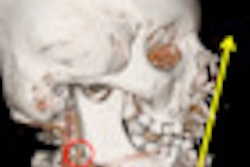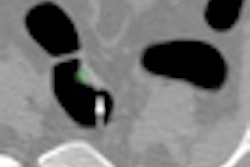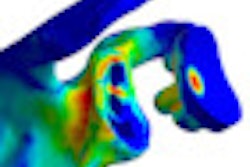Dear CT Insider,
Patients with gunshot wounds are becoming increasingly common visitors in many emergency departments, especially those near large urban areas. These patients tend to have high mortality and morbidity rates, and injury assessment and evaluation of complications relies heavily on CT.
European Radiology has just published an important U.S. study involving 427 cases, and the article makes fascinating reading. The authors found that CT angiography can diagnose some unexpected injuries. To read more, visit our CT Digital Community, or click here.
Acceptance of CT colonography (CTC) continues to increase, but whether screening with the technique is cost-effective will depend on its efficiency in detecting extracolonic findings and on how population-based screening plays out, said experts from the Netherlands and the U.K. Get the story here.
In spite CTC's growing popularity, setting up a new service is fraught with practical difficulties, requires careful planning, and a multidisciplinary approach. Dr. Anika Hansmann, PhD, and Dr. David Burling, from St. Mark's Hospital, Harrow, U.K., have developed their own CTC service from scratch, and it now examines more than 1,200 patients a year. To learn from their experiences, click here.
CT reaches another significant landmark this month because it's exactly 40 years since the first public descriptions of the modality were made. To mark the occasion, our history columnist Dr. Adrian Thomas reflects on the lesser-known facts about Sir Godfrey Hounsfield. Click here to read more.
For evaluating the central airway, mediastinal structures, and lung parenchyma in children, CT is essential. It's more sensitive than plain radiographs in detecting structural changes within the lungs, but CT scans always must be clinically justified, note researchers from one of Europe's leading pediatric centers. For an overview of chest CT in children, click here.
CT images have featured prominently at Edinburgh's Fascinating Mummies exhibition in the National Museum of Scotland. The modality continues to make a vital contribution in this intriguing field, and you can find out more here.




















